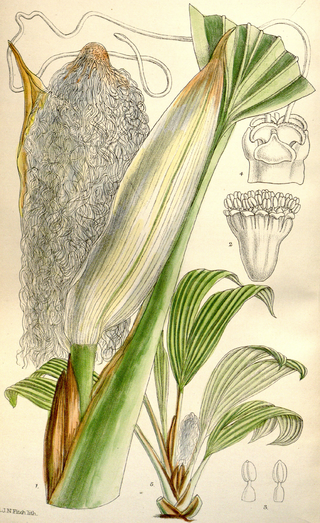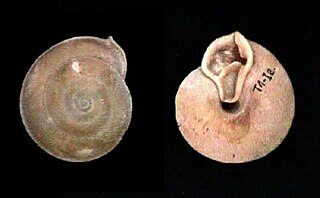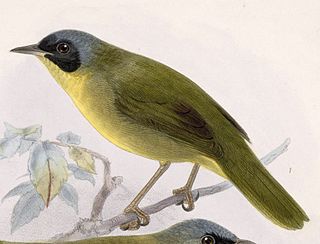
Noctis Labyrinthus is a region of Mars located in the Phoenicis Lacus quadrangle, between Valles Marineris and the Tharsis upland. The region is notable for its maze-like system of deep, steep-walled valleys. The valleys and canyons of this region formed by faulting and many show classic features of grabens, with the upland plain surface preserved on the valley floor. In some places the valley floors are rougher, disturbed by landslides, and there are places where the land appears to have sunk down into pit-like formations. It is thought that this faulting was triggered by volcanic activity in the Tharsis region. Research described in December 2009 found a variety of minerals, including clays, sulfates, and hydrated silicas, in some of the layers.
Dalaca is a genus of moths of the family Hepialidae. There are 23 described species found throughout South America as far north as Panama. The larvae feed on grasses.

The Chiriqui quail-dove or rufous-breasted quail-dove is a species of bird in the family Columbidae. It is found in Costa Rica and Panama.

The lesser elaenia is a species of bird in the family Tyrannidae, the tyrant flycatchers.

Podandrogyne is a genus of flowering plants in the family Cleomaceae. They are closely related to genus Cleome.

Sphaeradenia is a genus of plant in family Cyclanthaceae, first described as a genus in 1954. It is native to Central America and South America.

The Phoenicis Lacus quadrangle is one of a series of 30 quadrangle maps of Mars used by the United States Geological Survey (USGS) Astrogeology Research Program. The Phoenicis Lacus quadrangle is also referred to as MC-17. Parts of Daedalia Planum, Sinai Planum, and Solis Planum are found in this quadrangle. Phoenicis Lacus is named after the phoenix which according to myth burns itself up every 500 years and then is reborn.

Angustus Labyrinthus is a complex of intersecting valleys or ridges near the Martian south pole, located at 81.68° S and 63.25° W. It was nicknamed the "Inca City" by NASA scientists due to its superficial resemblance to a ruined city. Like other formations in the area, the name 'Angustus' derives from a name given by Eugene Antoniadi in 1930 to an albedo feature that corresponds with the area. The name was approved in 2006.

Labyrinthus umbrus is a species of air-breathing land snail, a terrestrial pulmonate gastropod mollusk in the family Labyrinthidae.

Labyrinthus plicatus is a species of air-breathing land snail, a terrestrial pulmonate gastropod mollusk in the family Labyrinthidae.

Labyrinthus is a genus of air-breathing land snails, terrestrial pulmonate gastropod mollusks in the family Labyrinthidae.

Labyrinthus leucodon is a species of air-breathing land snail, a terrestrial pulmonate gastropod mollusk in the family Labyrinthidae.

Opsiphanes cassina, the split-banded owlet, is a species of butterfly belonging to the family Nymphalidae.
Dalaca chiriquensis is a species of moth of the family Hepialidae. It is known from Panama.
Guatteria chiriquensis is a tree species belonging to the Annonaceae family. It ranges from the central and southern Pacific slopes of Costa Rica to western Panama.
Periergates chiriquensis is a species of beetle in the family Cerambycidae. It was described by Henry Walter Bates in 1885. It is known from Panama.

The Chiriqui yellowthroat is a New World warbler. It has a number of separate resident breeding populations in Central America from southwestern Costa Rica to Panama. It was previously considered a subspecies of the masked yellowthroat.
Labyrinthidae is a family of air-breathing land snails, terrestrial pulmonate gastropod mollusks in the superfamily Helicoidea.












